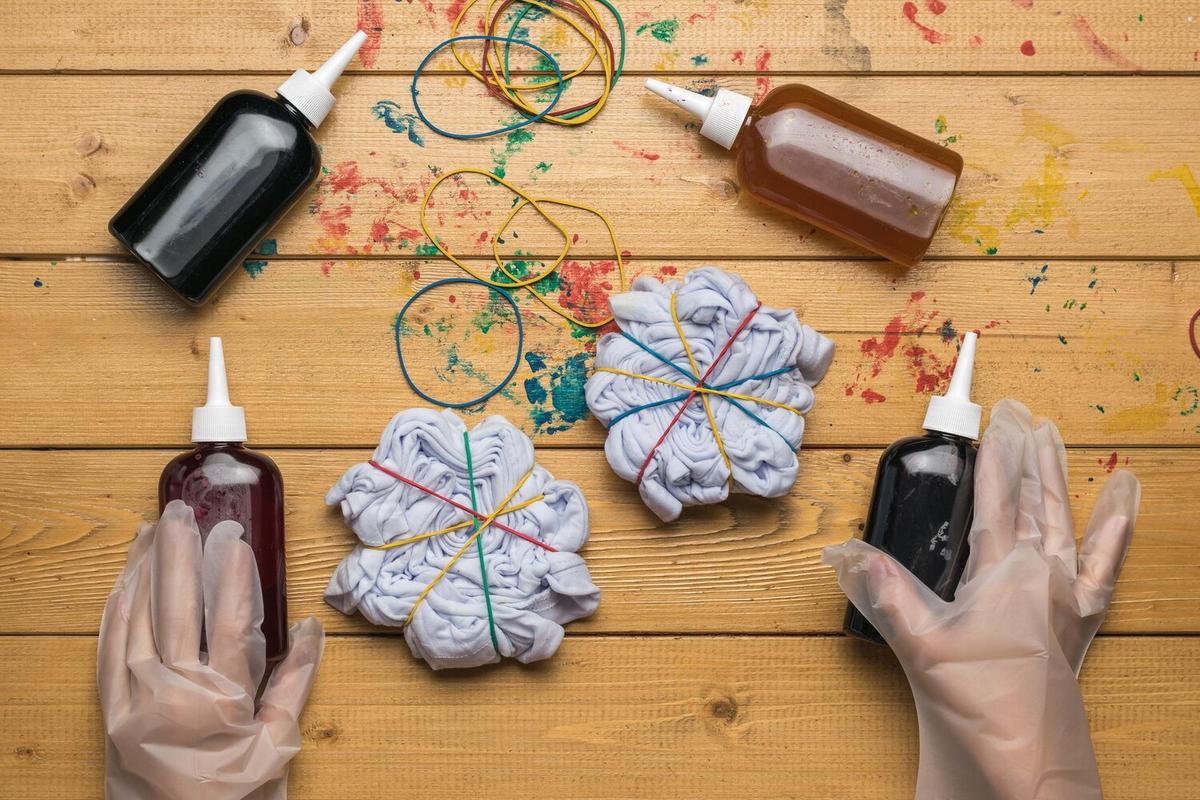
Green Arts: Painting with Natural, Homemade Dyes
As the world embraces sustainability, artists and hobbyists are finding innovative ways to incorporate eco-friendly practices into their creative processes. One such method gaining popularity is the use of natural, homemade dyes in painting, a colorful journey into the realm of green arts.
Embracing the concept of green arts not only benefits the environment but also inspires creativity. Painting with natural dyes is an age-old practice that has seen a resurgence as more people seek sustainable DIY projects. These dyes, derived from plants, fruits, and vegetables, offer a palette of colors that are both beautiful and environmentally friendly.
What Are Natural Dyes?
Natural dyes are pigments extracted from natural sources like plants, insects, and minerals. Historically, they were the primary means of coloring fabrics, papers, and walls before the invention of synthetic dyes. Today, their use is celebrated for being non-toxic and biodegradable.
Expert Insights
According to eco-friendly artist and author, India Flint, “Using natural dyes not only reduces environmental impact but also connects us to the materials and processes that have been part of human culture for millennia.” This connection to tradition and nature adds a unique dimension to the creative process.
Statistics and Research
Research from the Environmental Protection Agency (EPA) highlights that synthetic dyes contribute to water pollution and contain harmful chemicals. By opting for natural dyes, artists can help reduce this environmental burden.
Personal Anecdotes
Long-time painter Maria shared her experience, “Switching to natural dyes has been a game-changer. The colors are vibrant, and there is something rewarding about crafting the dyes from scratch.” For Maria, the process of creating the dyes is as fulfilling as the painting itself.
Actionable Tips for Making Natural Dyes
- Choose fresh plants or fruits like beets, spinach, or blueberries for vibrant colors.
- Boil the materials in water and strain to extract the dye.
- Add a mordant, such as vinegar or salt, to help the dye adhere better to surfaces.
- Experiment with different materials and combinations for unique shades.
Comparison Table: Natural vs. Synthetic Dyes
| Aspect | Natural Dyes | Synthetic Dyes |
|---|---|---|
| Source | Plants, fruits | Chemicals |
| Environmental Impact | Biodegradable | Pollutive |
| Color Range | Limited | Extensive |
| Cost | Low | Varies |
| Durability | Varies | High |
| Health Impact | Non-toxic | Can be harmful |
| DIY Feasibility | High | Low |
| Connection to Tradition | Strong | Weak |
FAQs on Natural Dyes
Are natural dyes as vibrant as synthetic ones?
Natural dyes can be vibrant, but they often have a more muted, earthy tone compared to synthetic dyes.
Can I use natural dyes on all surfaces?
Natural dyes work best on porous surfaces like paper and fabric. Non-porous surfaces may require a primer.
How can I preserve the color of natural dyes?
Using a mordant during the dyeing process and keeping the painted item away from direct sunlight can help preserve the color.
Exploring green arts through painting with natural dyes offers a rewarding and eco-friendly creative outlet. By harnessing the power of nature, you can create art that is not only beautiful but also kind to the planet. Embrace this sustainable practice and add a touch of nature to your next artistic project. Discover more on sustainable DIY projects through various resources and communities dedicated to eco-conscious creativity.